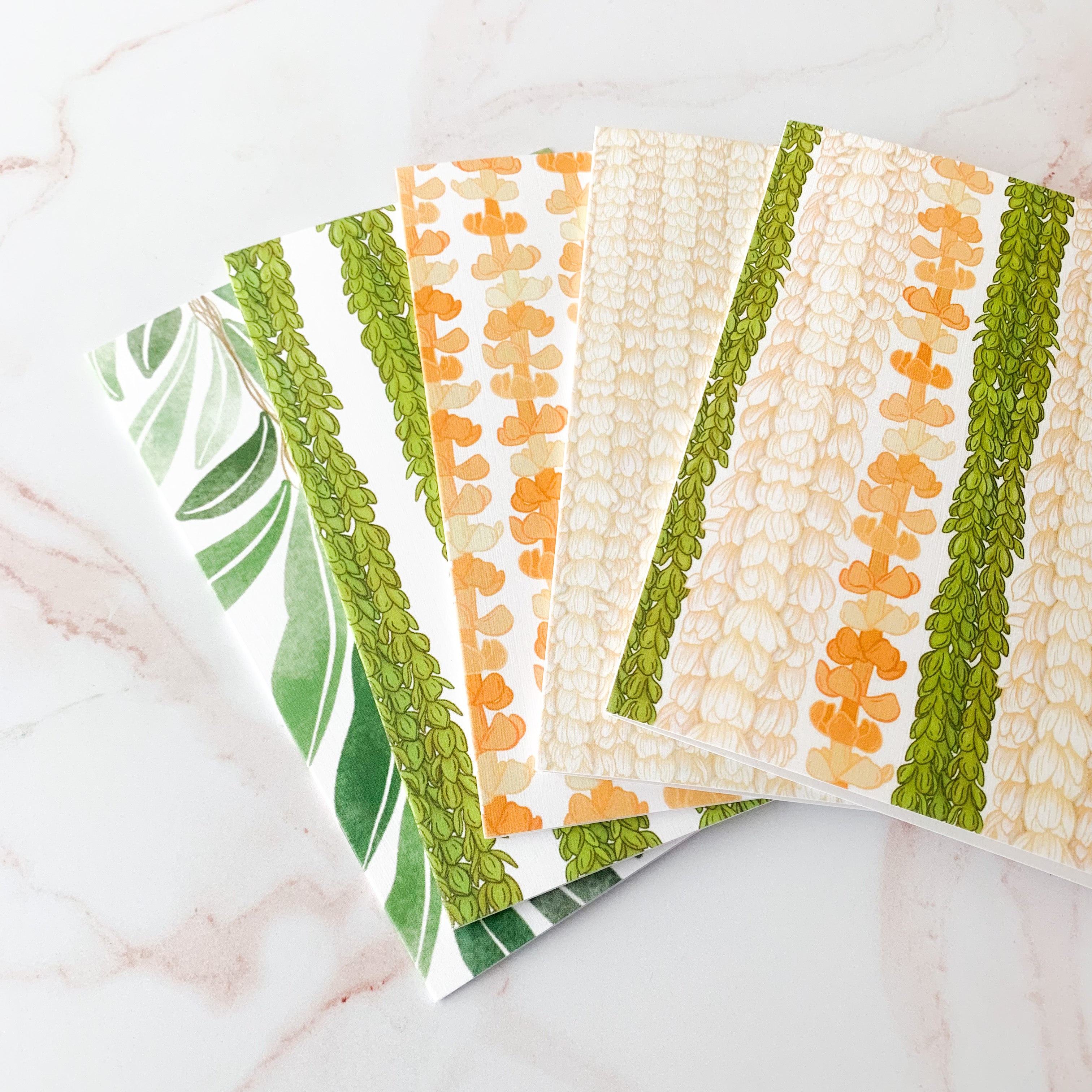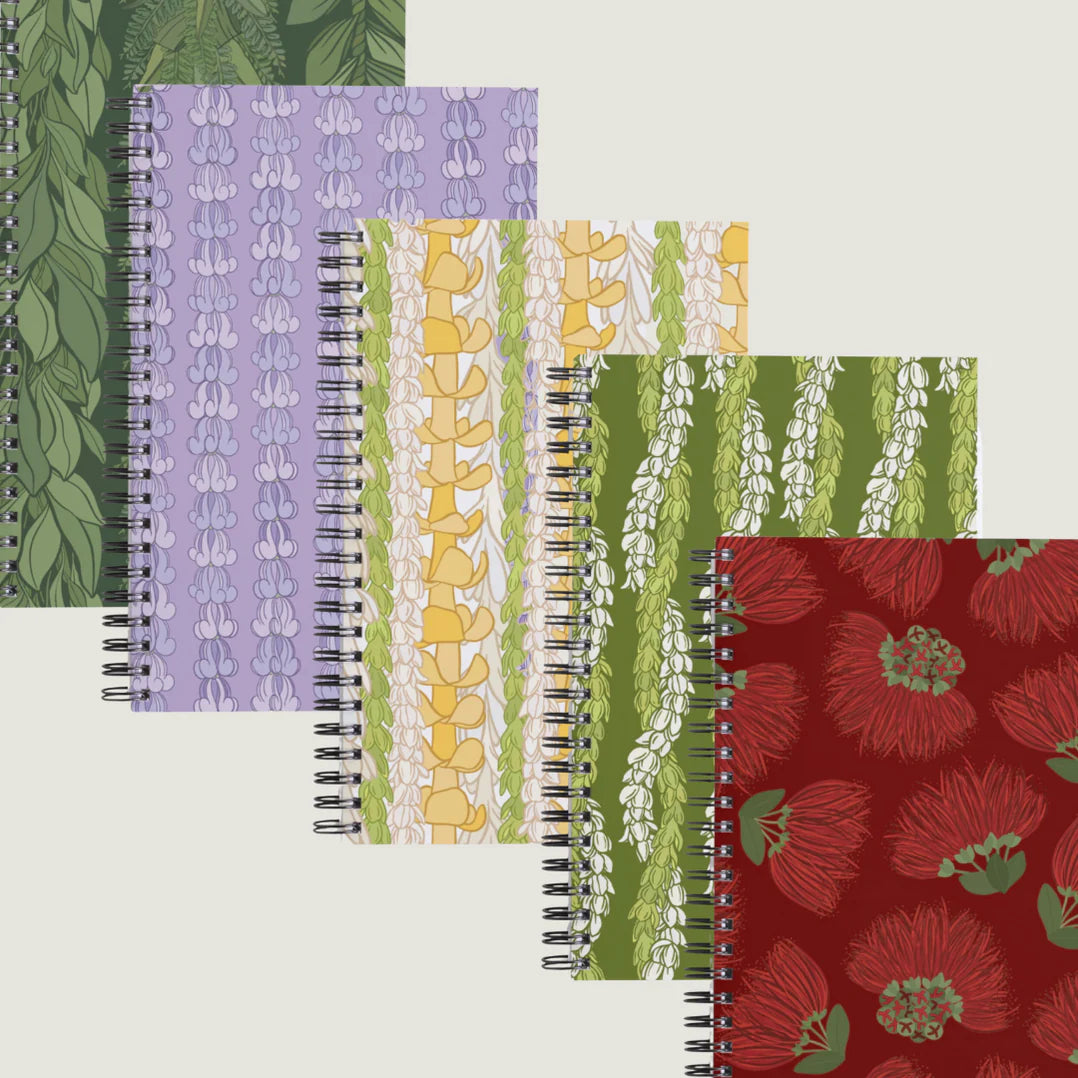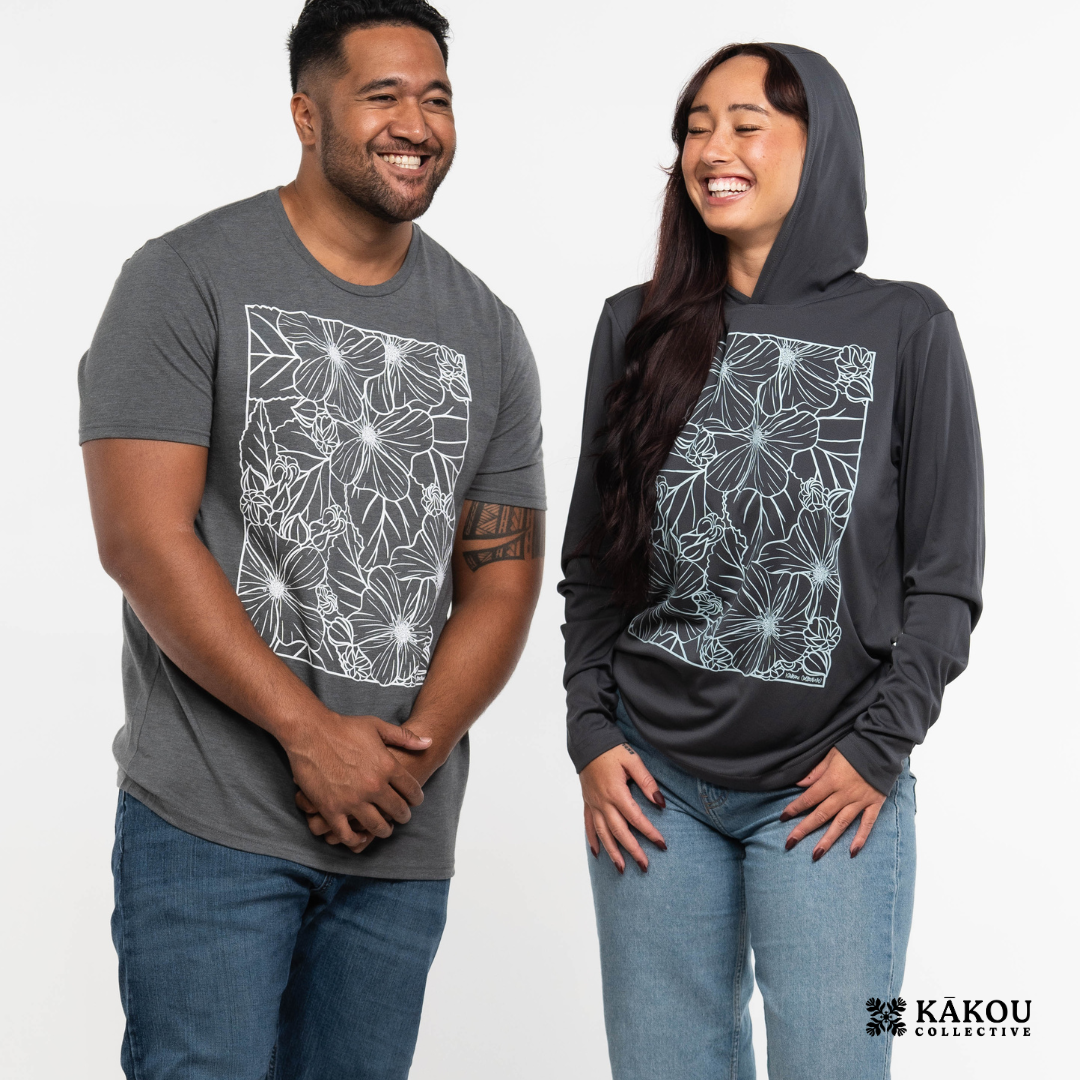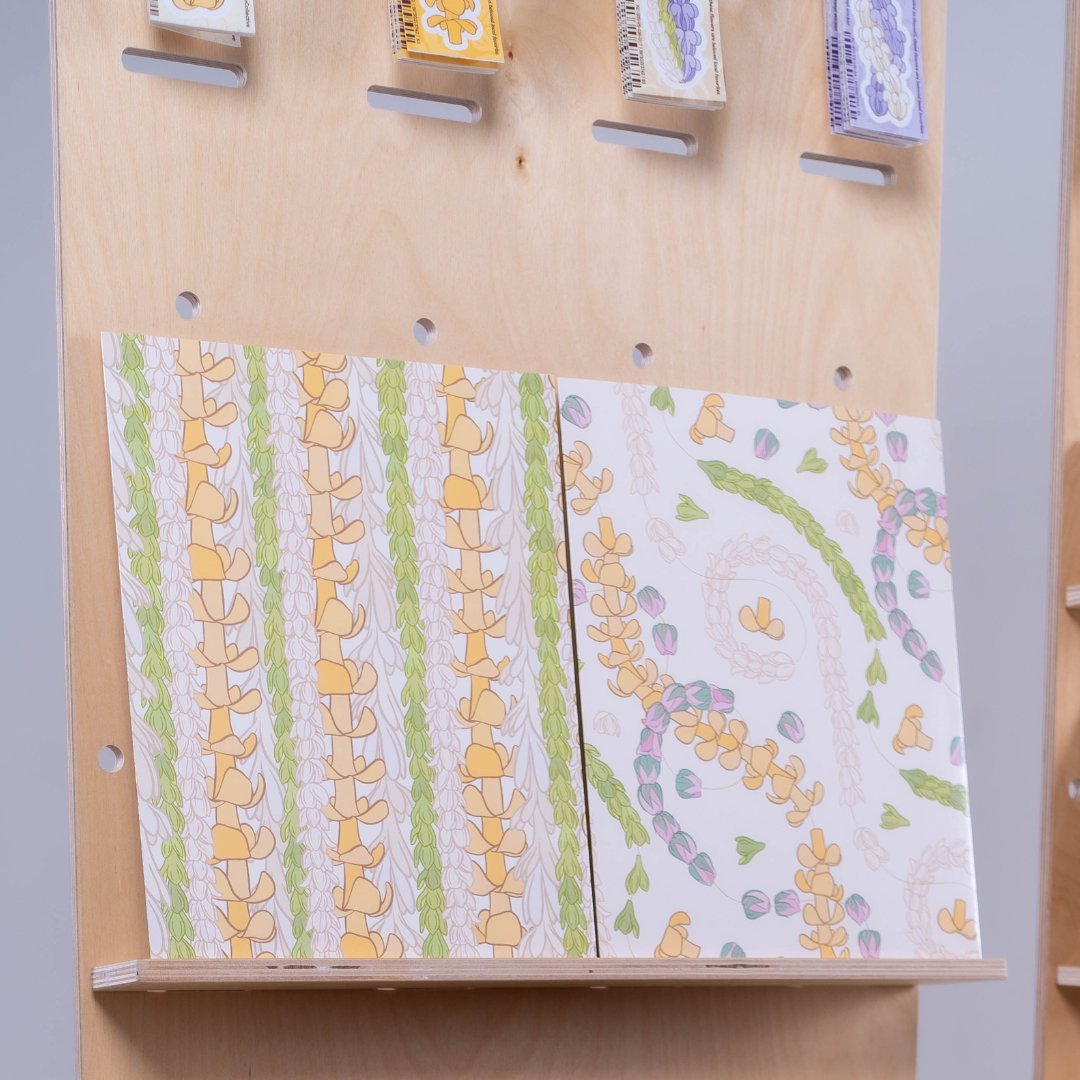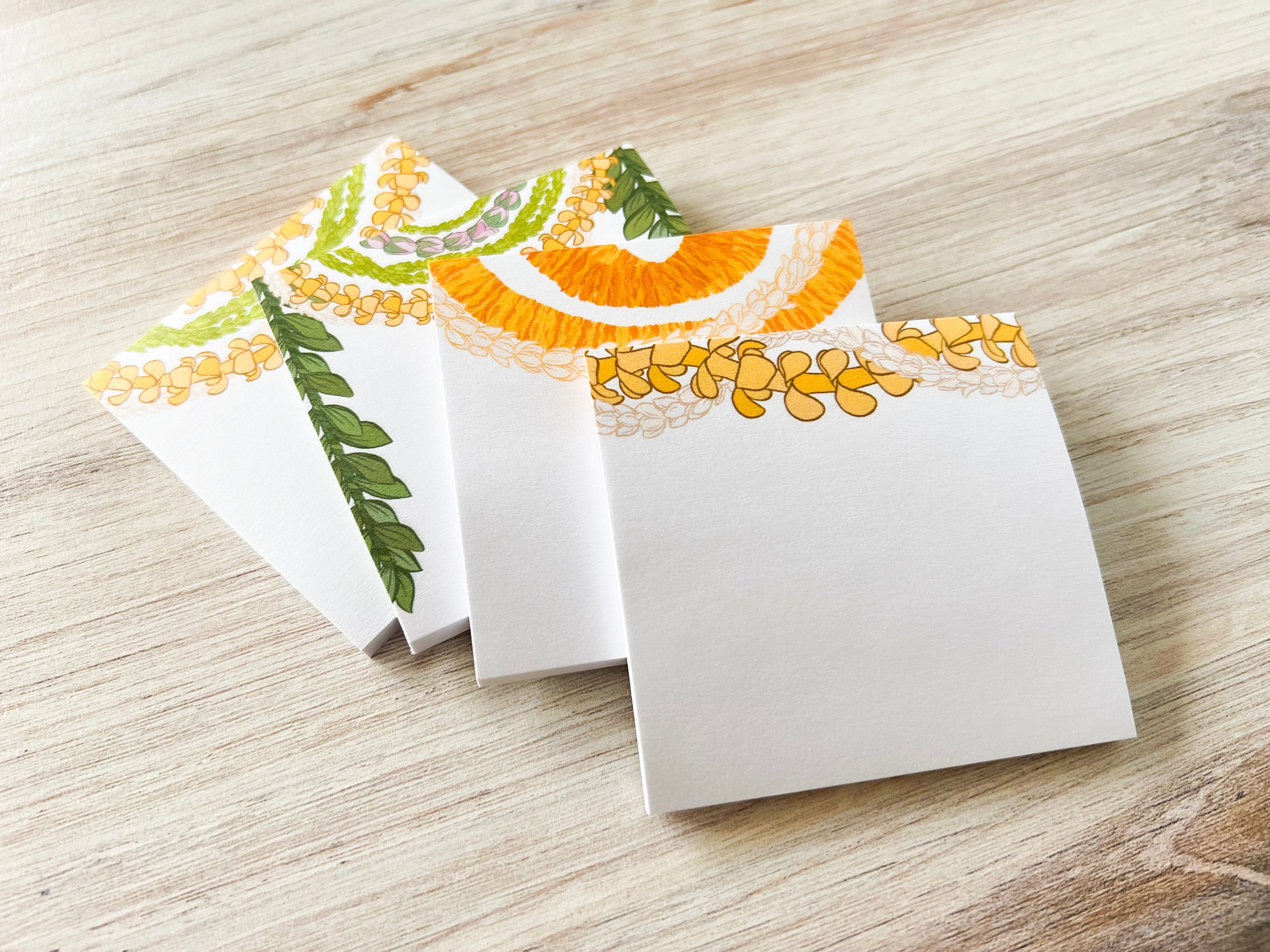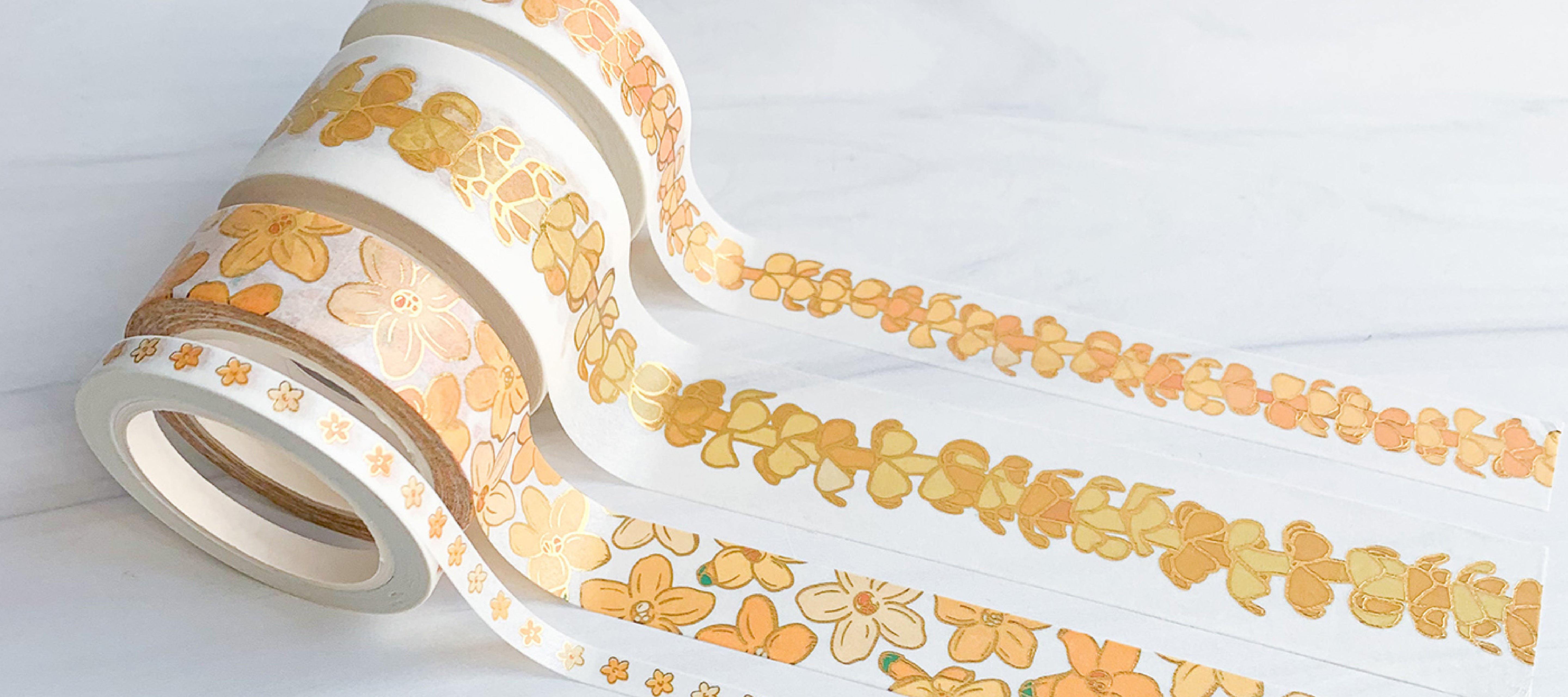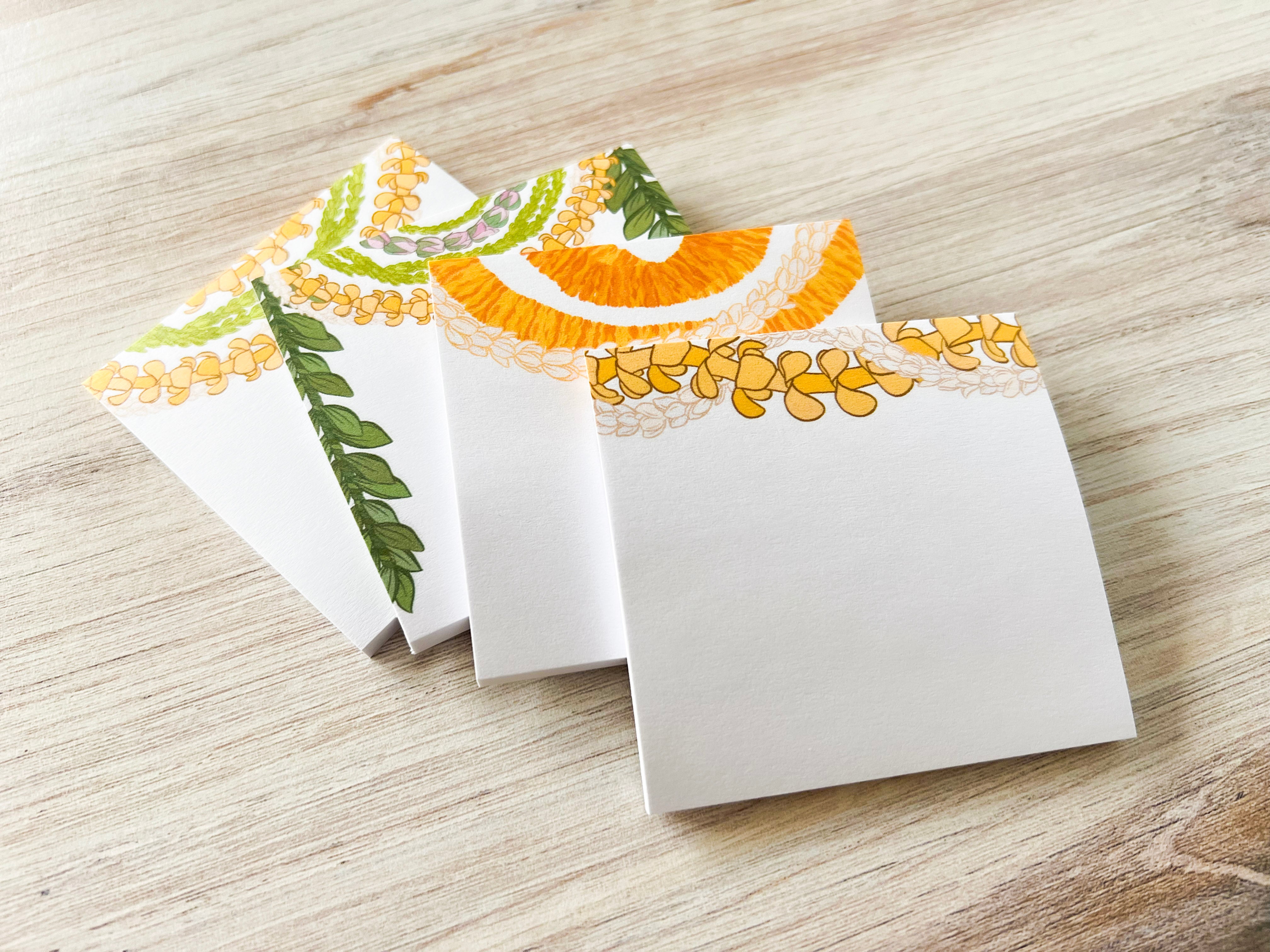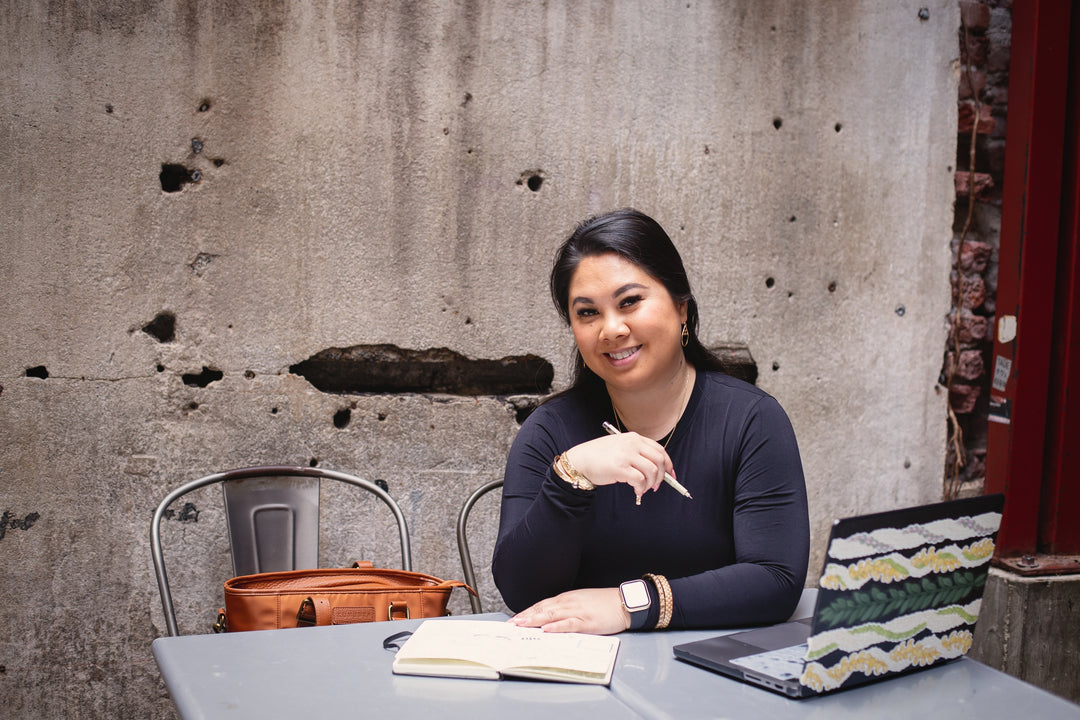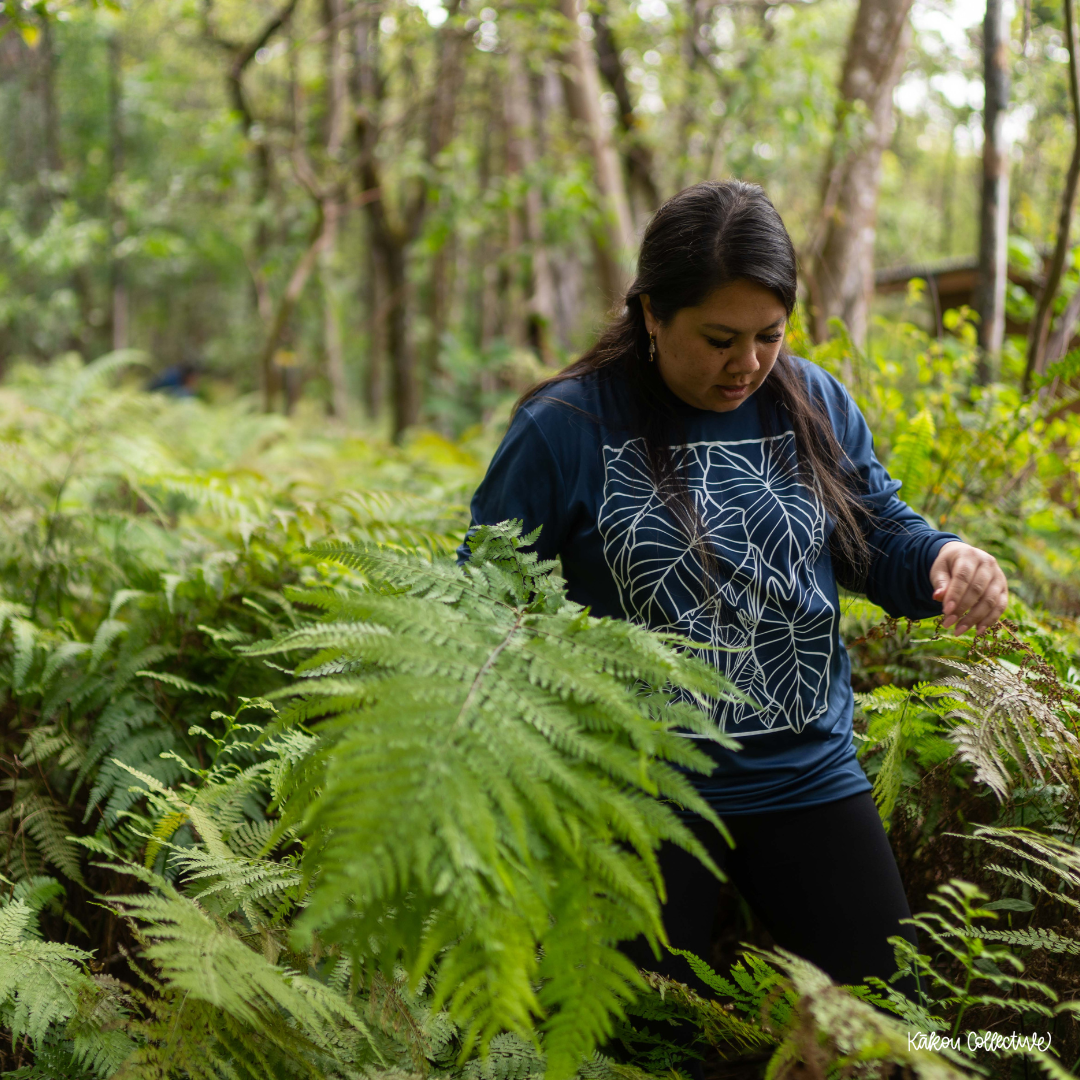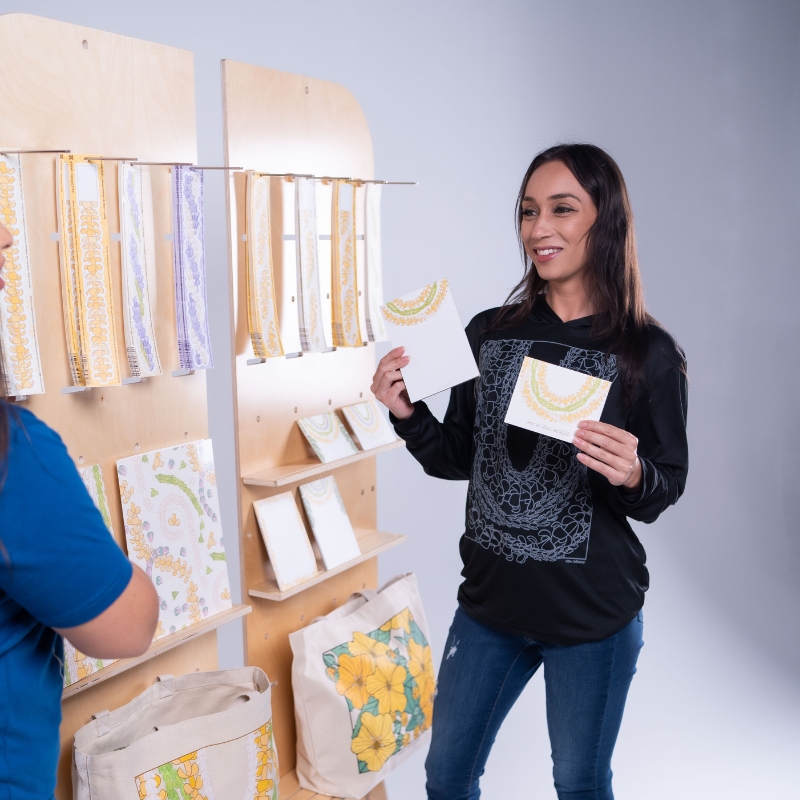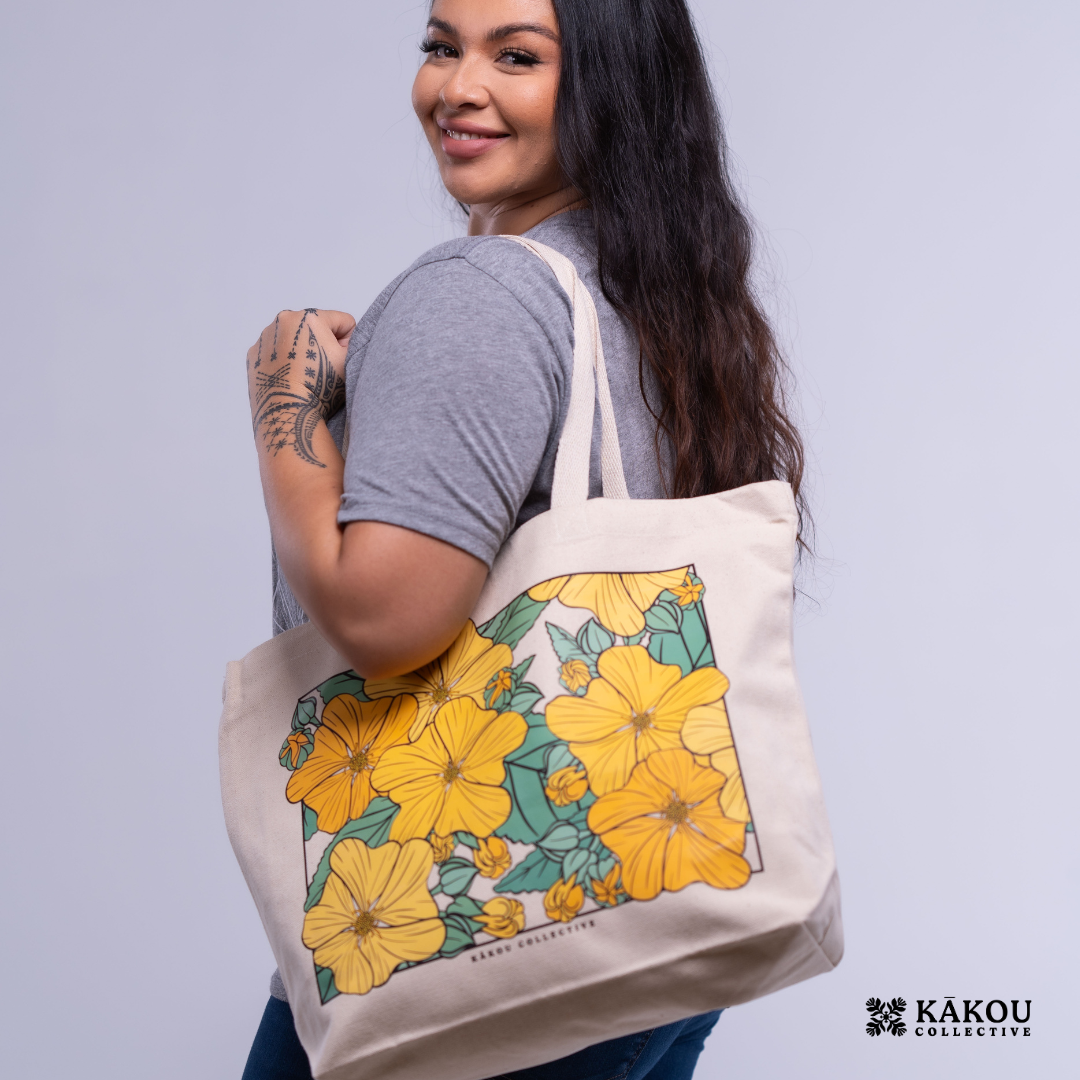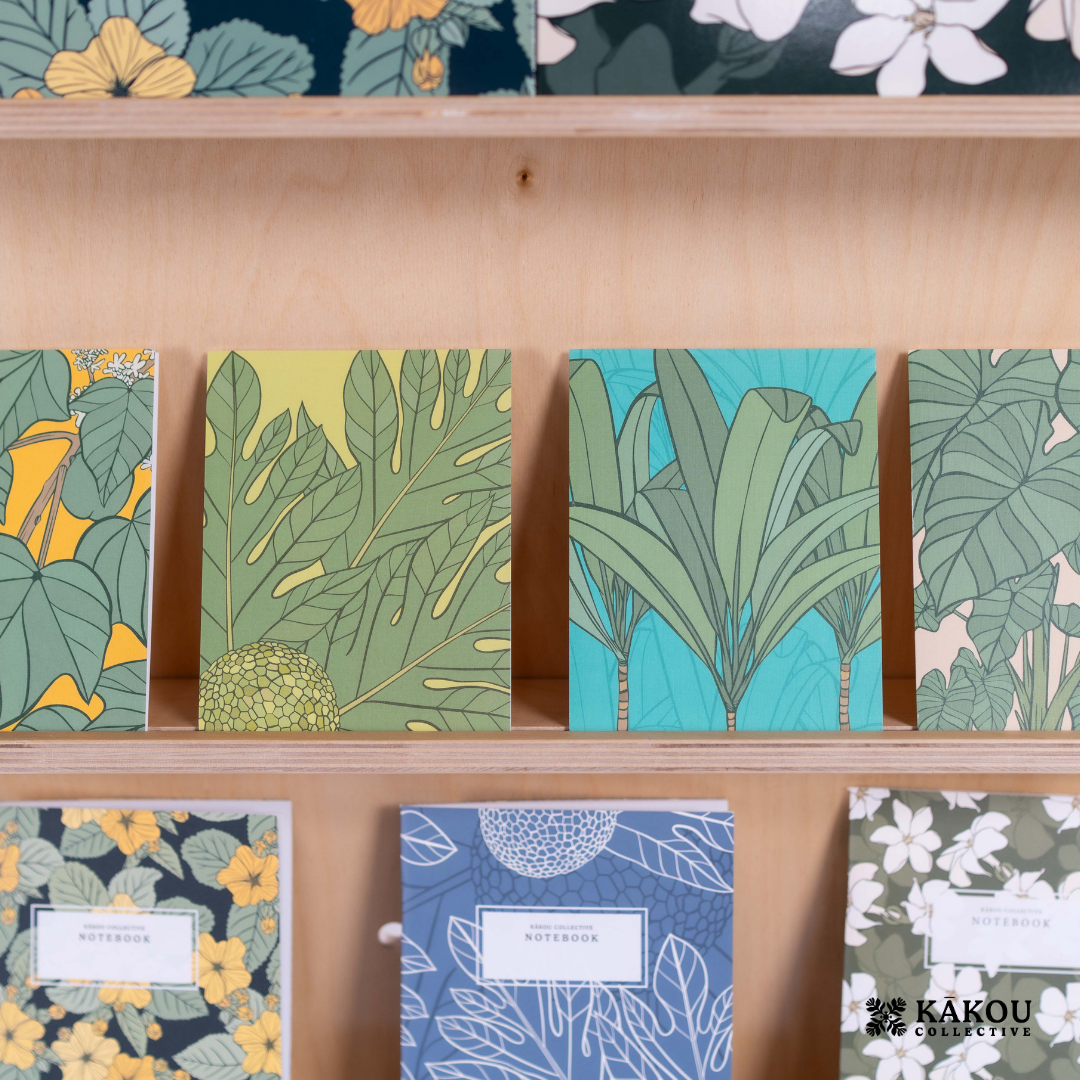Palapalai: A Beloved Fern Rooted in Tradition
Palapalai (Microlepia strigosa) is more than just a fern—it’s a symbol of reverence, artistry, and deep cultural connection in Hawaiʻi. You’ll find it growing wild in the uplands, its lacy, featherlike fronds stretching out toward the light, a gentle reminder of the beauty that thrives in our forests.
This indigenous fern has long held a cherished place in Hawaiian life. Palapalai is one of the most recognized and loved plants used in lei making and hula, both in ancient times and today. It’s most commonly seen as adornment for hula practitioners, worn as lei po‘o (head lei), lei ‘āʻī (neck lei), or kupe‘e (bracelets and anklets). Its soft, airy leaves add movement and elegance, echoing the fluidity of hula itself.
In hula, palapalai isn’t just decorative—it’s sacred. Associated with Laka, the goddess of hula, it’s often found on hula altars and gathered with deep intention. The practice of harvesting palapalai is done with respect: only what’s needed, and always with gratitude. This pilina (relationship) reminds us to mālama the land and to honor the plants that feed our culture.
Beyond cultural spaces, palapalai has also found a place in modern landscaping. Its graceful texture and lush appearance make it a favorite in gardens and shaded areas, where it adds softness and movement to any space. For many, it’s a way to bring the forest home—bridging the past and present with every frond.
Today, we continue to celebrate palapalai in our work—not just for how beautiful it looks, but for everything it stands for. It reminds us of the importance of tradition, the care we take when working with native plants, and the ways in which nature and culture are forever intertwined.




